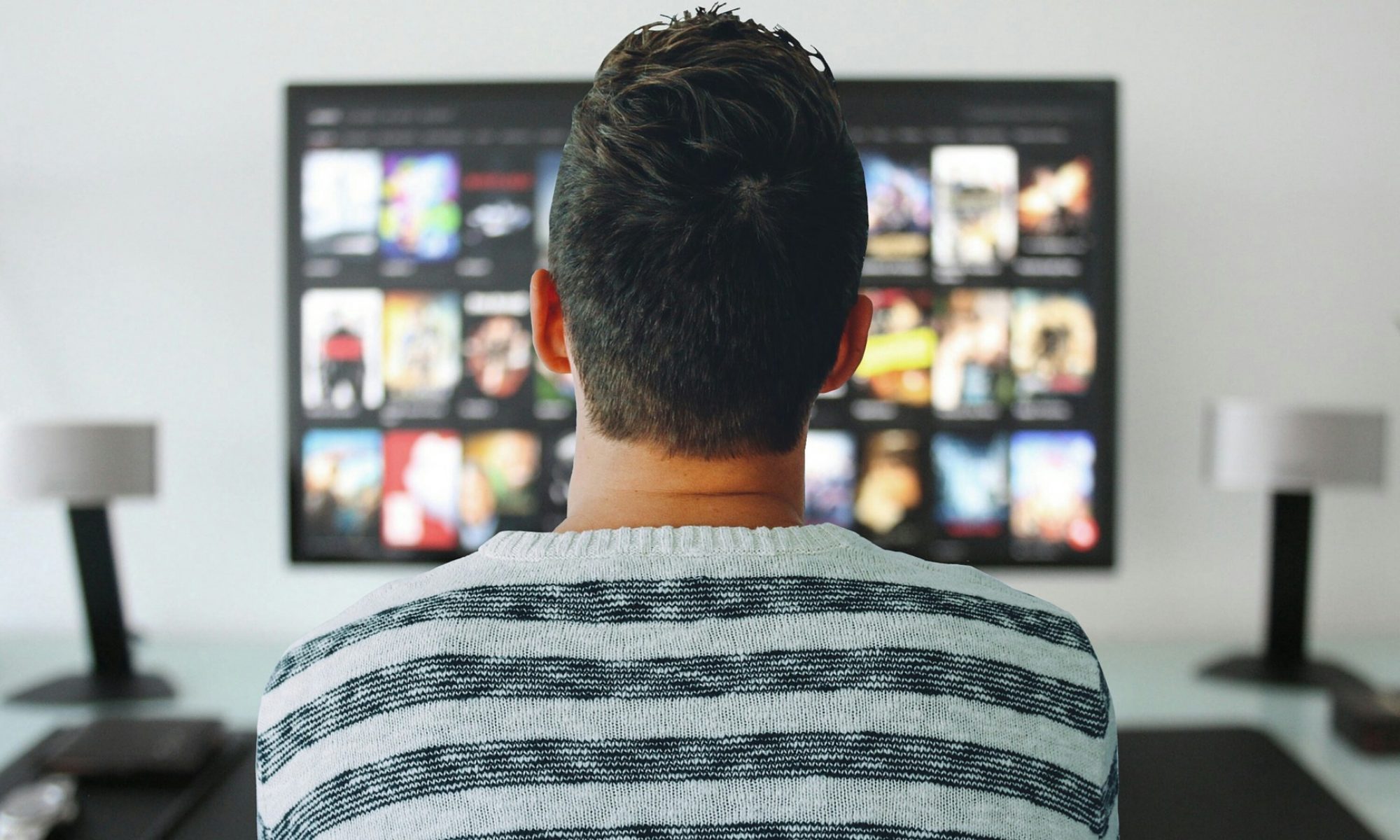Dan Ness, Principal Analyst, MetaFacts, February 9, 2017
Creativity eludes definition, yet we know and admire it when we see or feel it. Well beyond simple clicks, creative activities greatly add to the collective oeuvre while also giving voice to expression.
It might well be argued that creativity is shown in the clever use of hashtags, emojis, or Snapchat video filters. I’m choosing to identify creativity broadly and practically – how the most-creative, most-involved tech activities get done. Activities such as creating presentations and videos require forethought and a blending of skills. Some activities such as taking photographs are now so widely commonplace that the activity spans the professional photographer to the budding amateur. So, for this analysis, I’m considering this a moderately-creative activity.
From our most recent TUP/Technology User Profile survey, I chose six core activities as being more creative than the many other everyday activities we track by device and user.
I drilled down into the TUP data to see what differences there may be by device type – PCs versus smartphones. When it comes to creative activities, there are differences.
Which devices have the most users doing creative activities?
Creative activities are strongest where the tools are richest. Ask any oil painter if they benefit by having ready canvases, easels, paints, and lighting.
At first glance, mobility could support creativity, by having one’s tools handy. Creative inspirations can be elusive, so if creativity only takes place when the muse visits, then it could follow that convenient mobility matters most of all. Thinking this through more deeply, however, creativity isn’t defined by a few clicks.
When focusing on some of the most creative activities, our TUP data shows that more people create serious content on PCs than on smartphones. For example, for the creation of personal graphics or presentations, 14% of connected adults use a PC, nearly three times the 5% rate who use their smartphones. Similarly, 14% of connected adults use a PC for work graphics/presentations, more than triple the 4% who use their Smartphones.
Similarly, creating videos for work purposes is done with a PC by twice as many adults as those using smartphones.
Even a broad and highly personal activity category – hobbies – has a higher rate of use on PCs than on smartphones.
Given that smartphones have much smaller screens than most notebook PCs or desktops, it may be surprising to some that these highly-graphical creative activities have anywhere near the acceptance levels that they’re enjoying. Screen size doesn’t seem to be the entire explanation, because these creative activities have lower usage rates on tablets than on either PCs or smartphones.
I dove deeper into the TUP data to see if some smartphones are associated with more creative activities than others. A slightly higher share of Apple iPhones than Android smartphones are used for creative activities, however, the difference is not statistically significant. For the most-creative activities, the difference is 2% or less.
Looking ahead
I expect PCs to continue dominating actively creative activities. Even while smartphones are increasingly taking user’s primary attention, PCs remain primary among the set of devices being actively used. Users continue to juggle many devices, and most users actively navigate a combination that includes at least two of three devices: PCs (desktops or notebooks), smartphones, or tablets. Ninety-six percent use two or more of these, and 57% actively use three or more, up from 49% one year previously.
I expect pan-device experience and integration to expand, helping mobile devices expand in use for creative activities. User’s abilities will increase with their growing experience working across multiple devices. A growing number of users are increasingly using the cloud to share their own work across their various devices. Furthermore, I expect creativity apps to continue to expand their ability to be used across multiple device types.
The result will be that more people will be able to create whenever and wherever the muse calls.
About TUPdates
These results are based on the most-recent results of the MetaFacts TUP/Technology User Profile 2016 survey, its 34th wave, with 7,334 respondents (US).
TUPdates feature analysis of current or essential technology topics. The research results showcase the TUP/Technology User Profile study, MetaFacts’ survey of a representative sample of online adults profiling the full market’s use of technology products and services. The current wave of TUP is TUP/Technology User Profile 2020, which is TUP’s 38th annual. TUPdates may also include results from previous waves of TUP.
Current subscribers may use the comprehensive TUP datasets to obtain even more results or tailor these results to fit their chosen segments, services, or products. As subscribers choose, they may use the TUP inquiry service, online interactive tools, or analysis previously published by MetaFacts.
On request, interested research professionals can receive complimentary updates through our periodic newsletter. These include MetaFAQs – brief answers to frequently asked questions about technology users – or TUPdates – analysis of current and essential technology industry topics. To subscribe, contact MetaFacts.



